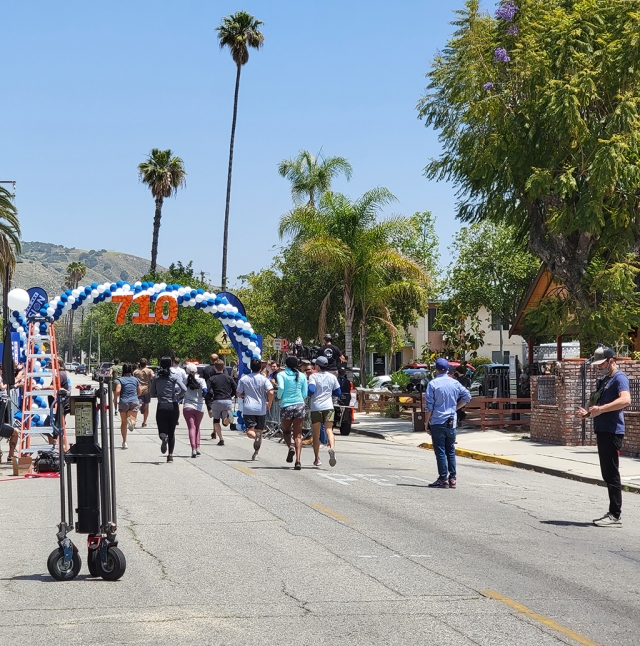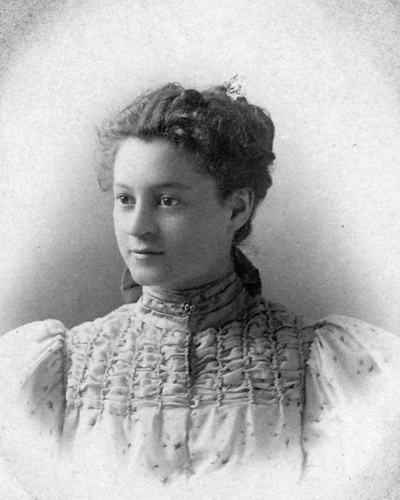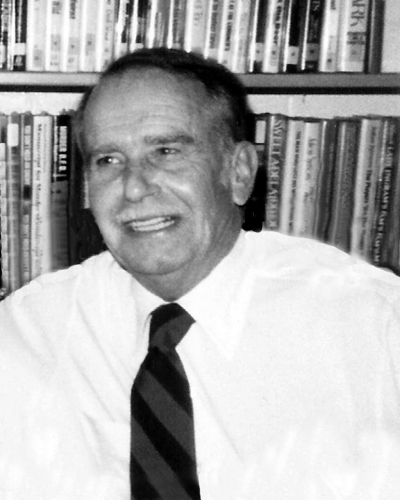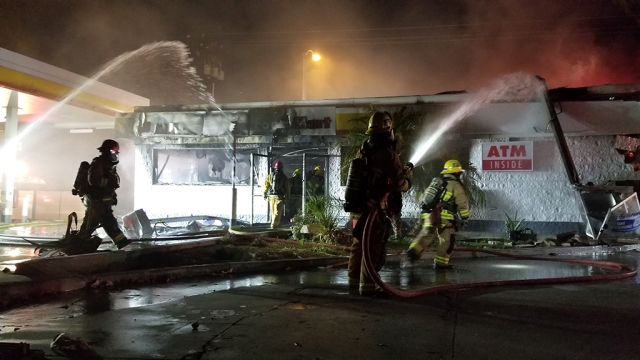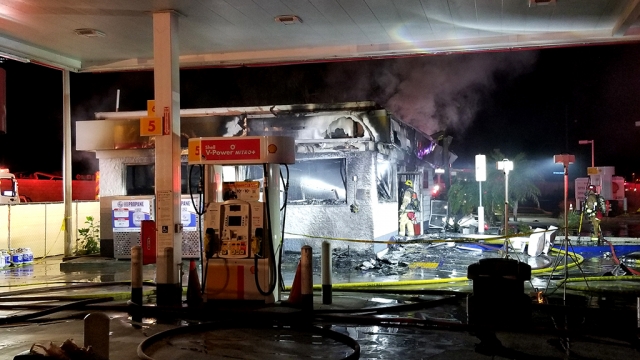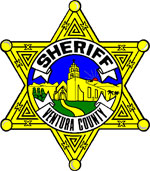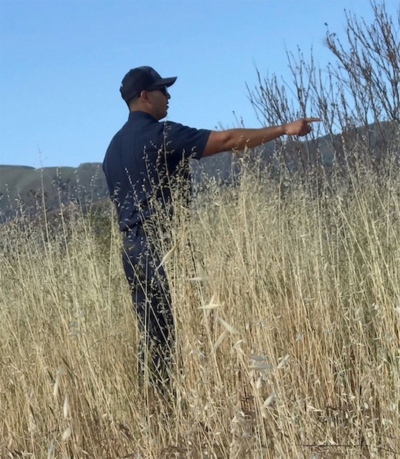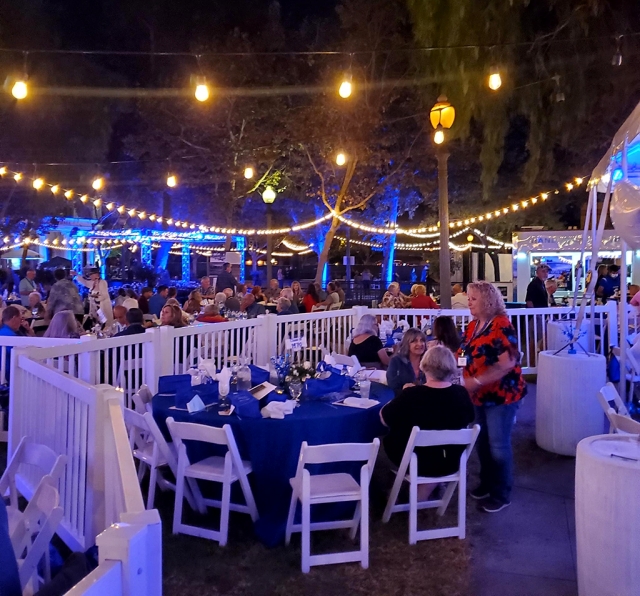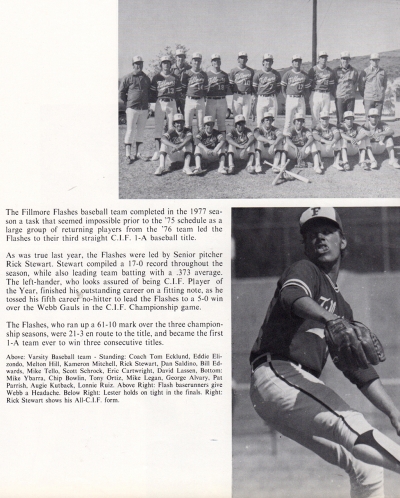|
By Gazette Staff Writers — Wednesday, May 4th, 2022
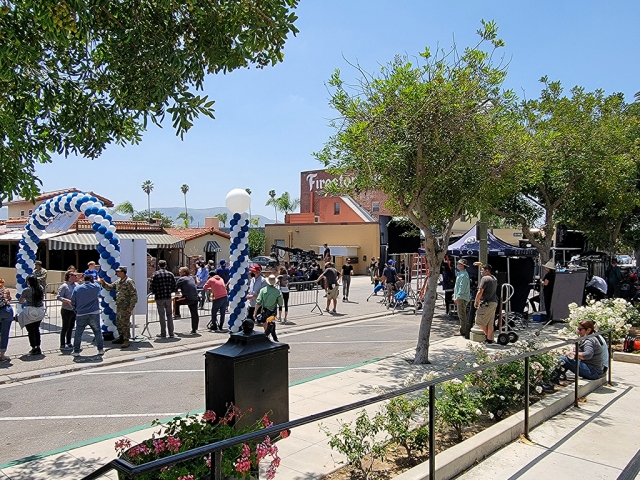 On Tuesday, May 3rd, on Santa Clara Street next to Fillmore’s City Hall, film crews were shooting a production. The street was blocked off to thru traffic for the majority of the day, with a huge balloon tunnel for runners to run through for the shot. Rumors are it was a credit union commercial. Enlarge Photo |
|
By Gazette Staff Writers — Wednesday, May 4th, 2022
The Fillmore Police and Fire Departments proudly announce the first “Coffee with the Badges” event. On Tuesday, May 10th, from 10:00 am to 12:00 pm, Fillmore deputies and firefighters, along with their respective chief’s will be at La Michoacana Bakery, located at 511 Sespe Avenue in the city of Fillmore, sharing a cup of coffee with our neighbors. Community trust is one of the key elements to the success of the Fillmore Police and Fire Departments. By sitting down and having a simple conversation with members of the community we serve, we can develop and build meaningful relationships. The “Badges” invite the community to come out and ask questions, voice concerns, obtain crime and fire prevention advice, and get to know the “Badges” in your neighborhood. This is a relaxed, informal event and is not about speeches or agendas but simply about casual conversation. The goal of “Coffee with the Badges” is to get to know the community better and hear about issues that our residents feel are important. May, is “Mental Health Awareness Month.” As First Responders, we have come together to promote awareness of the mental health issues. At this “Coffee with the Badges” event, we are proud to have representatives from the National Alliance on Mental Illness (NAMI) to help promote the upcoming “Health & Wellness Resource Fair” which will be held on May 14th from 11:00 am ~ 2:00 pm located at the Fillmore School District Administration Building, 627 Sespe Avenue in the city of Fillmore. Community: Coffee with the Badges |
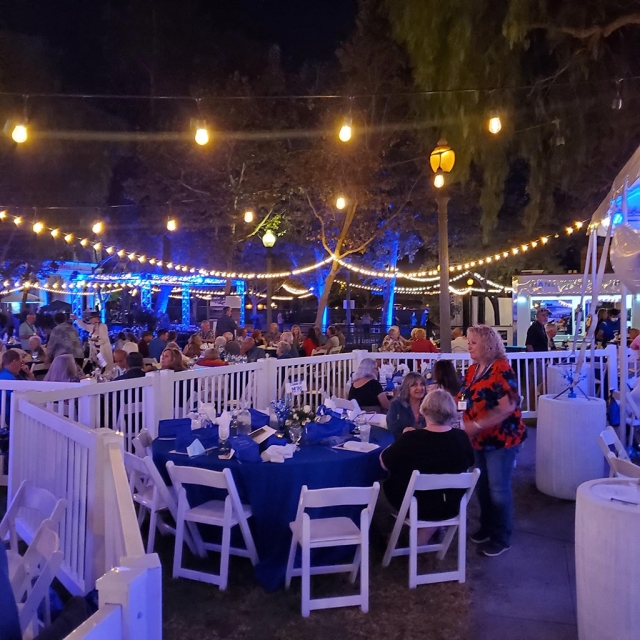 On Saturday, June 11th, Fillmore High Alumni will host the 109th Alumni Dinner at Fillmore City Hall. See details below. Pictured above is a previous Alumni Dinner. Enlarge Photo By Mark Ortega — Wednesday, May 4th, 2022
Calling all FHS Alumni from the Great Class of 1977! The Alumni Association will be hosting your 45th Class reunion at the 109th Alumni Dinner on Saturday, June 11th, 2022. The event takes place in downtown Fillmore at the City Park/Front of City Hall. Your special class reunion/dinner package includes a special designated area just for the Class of 1977. In your section of the event, your class will have their own special private cabana area enclosed by white picked fencing, complete with couch, and chairs, and coffee table for seating and socializing with your classmates. Your royal blue linen draped round tables will surround your private cabana area. Each table will have silverware with white linen napkins and glassware for water or wine. Your reunion committee will be allowed to come in the day of your reunion and decorate your area any way they wish. Your special Class of 1977 designated area will be “THE PARTY AT THE PARTY!” Many in your class have already paid but it’s not too late. You can make reservations now by going to www.fillmorehighalumni.com/events. See you all on June 11th! |
Now Hiring: Deputy City Clerk
The City of Fillmore is seeking a detail-oriented and highly organized professional to join our City Clerk’s Office as Deputy City Clerk. This key role supports City Council operations, maintains official records, ensures legal compliance, and helps uphold transparency in local government. If you’re passionate about public service, governance, and supporting elected officials, we encourage you to apply. Learn more and apply at www.fillmoreca.gov.
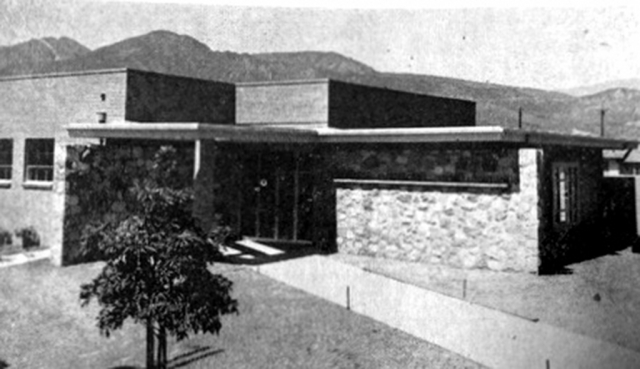 Fillmore Branch Library, 1955 prior to opening. Photo taken April 7, 1955 by The Herald. Photos courtesy Fillmore Historical Museum. Enlarge Photo By Gazette Staff Writers — Wednesday, May 4th, 2022
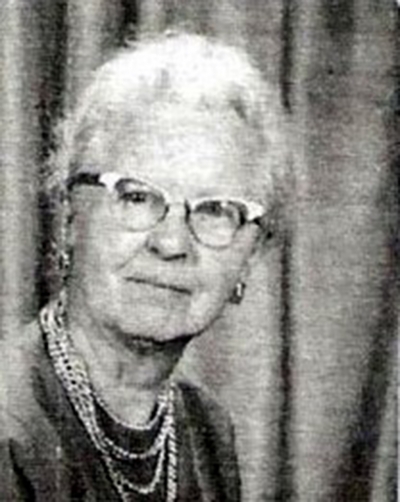 Hazel Cheek, Librarian who served for twenty years, and was also a former school teacher. Enlarge Photo Courtesy Fillmore Historical Museum The Fillmore Library is closed for now, undergoing a long needed expansion. The Fillmore Branch Library has been a part of the community for 106 years. Even before that, the community recognized the need for some sort of library for its residents. As with many things in early Fillmore, the need was filled by Dr. John P. Hinckley. Shortly after the Fillmore Herald newspaper began publication in 1907, a “Traveling Library” at the home of Dr. Hinckley was advertised. The “traveling library” was operated by the State of California which provided 50 books at a time to Fillmore. Every six months a new supply of books arrived and the former supply was returned. Books could be borrowed by anyone over the age of twelve. Those younger than twelve could borrow books if recommended by an adult. This remained the library for a number of years. By 1910, there was interest in a more permanent library. I. W. Stewart, secretary for the Oxnard Public Library, asked through a letter to the Herald, if Fillmore would be interested in having a library. He said the Ventura County Library system could establish branches in towns that had no public library. There was definite interest in this idea, but Fillmore was not yet a city and nothing happened until after the close incorporation vote in 1914 (https://www.fillmorehistoricalmuseum.org/1914-incorporation). Elizabeth Elkins Rivard was the driving force behind the campaign to have a permanent library in Fillmore. Through her efforts people of the town and surrounding area donated over 350 books to start a library. Ventura County contributed between 50 and 75 volumes. In February of 1916, Julia Steffa, county librarian, outlined the steps needed to secure a branch library. All the town needed to do was furnish a location and the necessary furnishings and equipment and be responsible for the maintenance of the library. On February 11, 1916, an article titled “Local Library is Assured” appeared in the Herald. It would be housed in the Ventura County Co-Op building at 345 Central Avenue and Mrs. Lucy Jorgenson would be its first librarian. Mrs. Jorgensen was not a surprising choice for librarian. She and her husband, Lefieldt, and daughters, Marion and Ruth, had moved to Fillmore from Minnesota in 1912. Lucy was a graduate of the University of Minnesota. Her husband managed Mayor George Tighe’s citrus orchards. She was a member of the group which were early supporters of the branch library. The library opened on Saturday, April 1, 1916. In the first month 225 volumes were checked out. The January, 1917 report had a total of 1,024 books checked out in that month: In March 1917, the number had grown to 1,096. By this time also, the library needed new quarters. A few months later the library moved to the second floor of the new Fillmore State Bank Building at 316 Central on the northeast corner of Main and Central. Lucy Jorgensen served as librarian for four years. Her husband had taken a new position as manager of Roger Edward’s interests in Buckhorn and it required the family to move from Fillmore. She was replaced by Mrs. Bonnetta Dresser who had prior library experience in Klamath Falls, Oregon. Under Mrs. Dresser the library’s circulation numbers continued to grow. She was especially noted to encourage children’s reading, especially Spanish speaking children. She retired in 1936 but continued to help at the library as needed. It was while she was librarian that her family’s home in Bardsdale was destroyed in the St. Francis Dam collapse. Both Mrs. Jorgensen and Mrs. Dresser lived the rest of their lives in Fillmore. Bonnetta Dresser died in 1975 and Lucy Jorgensen in 1971. Bonnetta Dresser was replaced by Miss Dorothy Farthing. She was a graduate of Ventura Junior College and acted as the library’s “custodian” until April of 1939 when she left to be married. Dorothy Farthing was replaced by Hazel Cheek, a former schoolteacher. Her husband, Homer Cheek, had been manager of the Rancho Sespe Packinghouse but had died suddenly in June of 1938.She served as librarian for the next twenty years and made an impression on many of her younger patrons by requiring their silence while in the library. Between 1917 and 1955, the library relocated several times. After moving to the Fillmore State Bank building on Main and Central in 1917, it later was located for a time at 408 Central. It then moved to space in the first floor of the Masonic Building at 455 Sespe Avenue which had previously housed the Post Office. In 1955, the current building was constructed on land donated by the William Shiells Company. A few years earlier, The Shiells Company had donated the land adjacent to the library for the Veterans’ Memorial Building.The building was begun in June, 1954 and was to be finished by February, 1955. A “floor error” delayed opening until June 12, 1955. In 1959 the Fillmore Library had a new librarian, Art Arundell. Art was Fillmore “born and bred” being the grandson of Tommy and Inez Kellogg Arundell who had settled on Pole Creek in the 1870s. He had a bachelor's degree from UC Santa Barbara and a Master’s from Princeton. In World War II he had served in the Middle East. He was librarian until 1988. Art had a great influence on many of the people who frequented the library, especially young people who received a love of books and learning from him. According to his obituary, he made the library, “a place where people of all ages went to brighten their day and children went as though they were going to a second home.” Many residents and former residents remember Art fondly and speak of how he encouraged them in their education. Since Art Arundell, there have been many librarians who have served the community well, despite a library building which had not kept up with the growth of the town and the expanded needs of the community. Anyone who happened to stop by to look for a book during children’s story time would find it crowded and sometimes happily chaotic (Mrs. Cheek would not have approved). If you attended a meeting at the library, adults would often find the only seating to be chairs built for 8-year-olds. The expanded facility will undoubtedly be embraced by the community just as Lucy Jorgensen’s small library in a corner of the Ventura Co-Op was. Hopefully she, as well as Elizabeth Elkins Rivard and the others involved in getting the library first established, would be pleased with the results of their efforts. |
|
By Gazette Staff Writers — Wednesday, April 27th, 2022
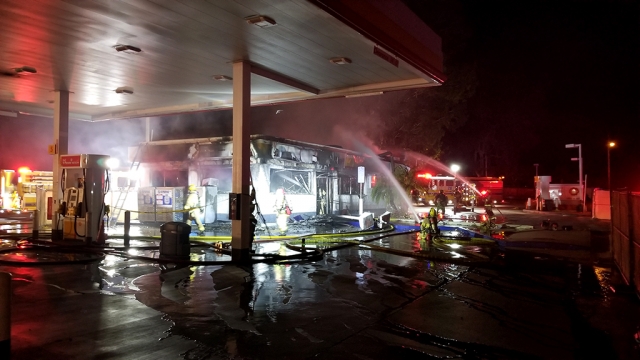 On Saturday, April 23rd at 8:19pm, Fillmore Fire crews responded quickly to reports of a fire at the Shell Gas Station on Highway 126 and Santa Clara Street. Crews were able to contain the fire to the station and extinguish it quickly. Cause of the fire is under investigation. The fire came four days after a semi-truck, traveling westbound on Ventura Street crashed into a parked car and struck at least two diesel gas pumps before crashing into the east side of the station, completely destroying the east end of the building. A Palm tree and light pole were also destroyed in the crash. Photo credit Gazette Staff. Information courtesy Angel Esquivel-AE News. Enlarge Photo |
|
By Ventura County Sheriff Department — Wednesday, April 27th, 2022
At about 12:30 a.m., members of the Ventura County Sheriff’s Office were actively searching for Daniel Drum who was previously reported as a missing person at-risk due to mental health issues. The Sheriff’s Communication Center received a call reporting a family disturbance in the area. Deputies responded and learned an altercation between Drum and a known male subject occurred resulting in a homicide. Drum fled the scene prior to deputies’ arrival. Deputies later located Drum in the area, and he was taken into custody without incident. Currently, the homicide investigation is on-going. Nature of Incident: Homicide suspect apprehended in Piru |
|
By Ventura County Sheriff Department — Wednesday, April 27th, 2022
On April 22, 2022, the Ventura County Sheriff’s Pharmaceutical Crimes Unit (PCU) concluded an investigation into Lenay Guevara-Mendez regarding her involvement in a fatal drug overdose. On August 21, 2021, Fillmore Patrol deputies were dispatched to the 200 block of Arundell Circle the City of Fillmore reference a subject who was deceased as the result of a fentanyl overdose. PCU detectives took over the investigation and determined Guevara-Mendez was the subject who sold fentanyl to the victim that caused the fatal overdose. During the month of April 2022, Special Crimes Unit (SCU) detectives developed additional information that Guevara- Mendez was responsible for drug sales in Ventura County. SCU, with the assistance of PCU, detained Guevara-Mendez and served a search warrant at her residence. Detectives seized 286 grams of methamphetamine, 39 grams of fentanyl, 6 grams of heroin, numerous counterfeit pills believed to contain fentanyl, scales, packaging material, $1099 in US currency and 3 rifles. Guevara-Mendez was arrested for 11351 HS- Possession for Sales of a Controlled Substance, 11352 HS- Sales of a Controlled Substance, 11378 HS- Possession of a Dangerous Drug, and 11379 HS, Sales of a Dangerous Drug. Guevara-Mendez’s was booked into the Ventura County Jail and is currently out of custody on $50,000 bail. She is scheduled for arraignment on May 6, 2022, in Ventura County Superior Court. The public may contact investigators from the Ventura County Interagency Pharmaceutical Crimes Unit at (805) 383-8700 or pharm.tip@ventura.org with additional information about this case, or any other information related to narcotics. The Ventura County Pharmaceutical Crimes Unit is a task force made up of members from the Ventura County Sheriff’s Office and the Thousand Oaks Police Department; The primary mission of the task force is combatting the transfer of legal prescription medication and fentanyl to the illegal market. In addition, the task force works to identify and stop new trends of abuse among the younger population and investigates overdoses due to both prescription medication and illicit drug use. The Ventura County Sheriff’s Office is an active member of the County Opioid Abuse Suppression Taskforce (COAST). We have partnered with Ventura County Behavioral Health in a campaign to reduce overdoses and educate the public about the dangers of opioids and other drugs. Comprehensive information can be found at www.VenturaCountyResponds.org. Nature of Incident: Fatal Overdose Investigation Leads to Narcotics Arrest Ventura County Crime Stoppers will pay up to $1,000 reward for information, which leads to the arrest and criminal complaint against the person(s) responsible for this crime. The caller may remain anonymous. The call is not recorded. Call Crime Stoppers at 800-222-TIPS (8477) or at www.venturacountycrimestoppers.org |
|
By Gazette Staff Writers — Wednesday, April 27th, 2022
All properties located within the city limits of Fillmore are due for abatement of hazardous dry grass/brush/weeds that could carry and sustain a fire capable of threatening residents and their homes or other property. The large amount of rainfall received this past December combined with several weeks of hot dry weather has created a dryer and earlier than normal potential fire season. Historically our residents have been noticed to have their dry weeds cleared by June 1 of each year. Property owners are again noticed to have the weeds cleared before June 1st, but the Fillmore Fire Department is asking that all property owners try to clear all weeds as soon as possible. In addition to the annual weed clearance, the Fire Department is asking all property owners to pay special attention to any palm trees that they may have on their property. Dry palm fronds on the tree or on the ground are very hazardous when caught on fire. Every attempt should be made to keep palm trees free from dry fronds. If you have a palm tree with a large accumulation of dry palm fronds, advice should be sought on the best method of removal. To help facilitate weed and brush disposal, your Fillmore Fire Department has teamed up with the Ventura Regional Fire Safe Council, to offer up a free Community Hazardous Yard Waste Disposal event will be held on Saturday May 7th from 9:00 AM until 2:00 PM at City Well #4, 728 Goodenough Rd. Only vegetation will be accepted, no trash, metal, or other debris. This is a great opportunity for free disposal of any tree trimmings or any other vegetation. |
|
By Mark Ortega — Wednesday, April 27th, 2022
Calling all FHS Alumni from the Great Class of 1977! The Alumni Association will be hosting your 45th Class reunion at the 109th Alumni Dinner on Saturday, June 11th, 2022. The event takes place in downtown Fillmore at the City Park/Front of City Hall. Your special class reunion/dinner package includes a special designated area just for the Class of 1977. In your section of the event, your class will have their own special private cabana area enclosed by white picked fencing, complete with couch, and chairs, and coffee table for seating and socializing with your classmates. Your royal blue linen draped round tables will surround your private cabana area. Each table will have silverware with white linen napkins and glassware for water or wine. Your reunion committee will be allowed to come in FHS Class of ’77 Celebrates 45-Year Class Reunion at 109th Alumni Dinner the day of your reunion and decorate your area any way they wish. Your special Class of 1977 designated area will be “THE PARTY AT THE PARTY!” Many in your class have already paid but it’s not too late. You can make reservations now by going to www.fillmorehighalumni.com/events. See you all on June 11th! |
|
By Gazette Staff Writers — Wednesday, April 27th, 2022
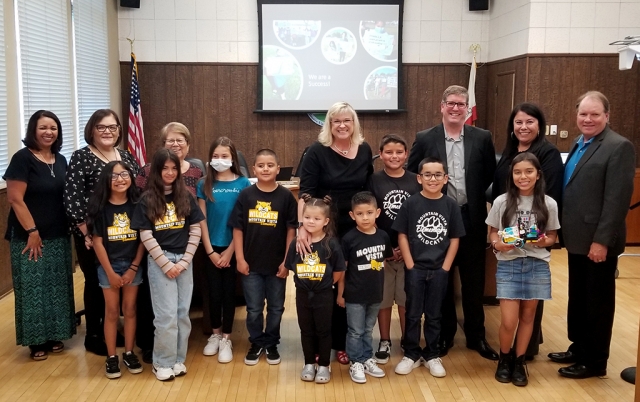 At last week’s Fillmore Unified School Board meeting Mountain Vista Elementary Principal Christine McDaniels presented an overview of all the exciting activities happening at Mountain Vista to Superintendent Schieferle and FUSD’s Board of Trustees. Principal McDaniel shared all the activities and programs that enhance student learning, increase school spirit, and motivates all students to strive for success. Enlarge Photo |

